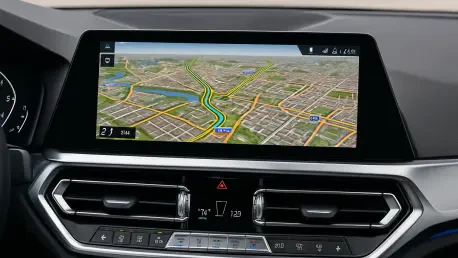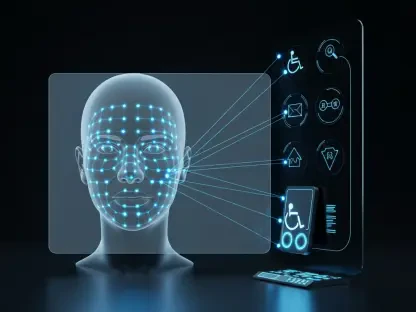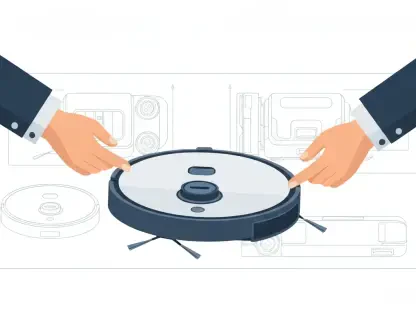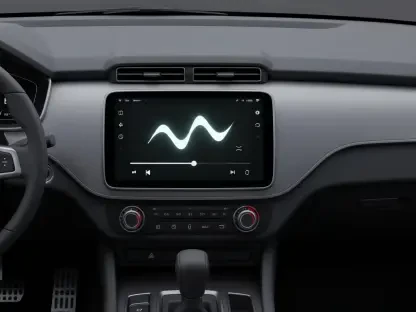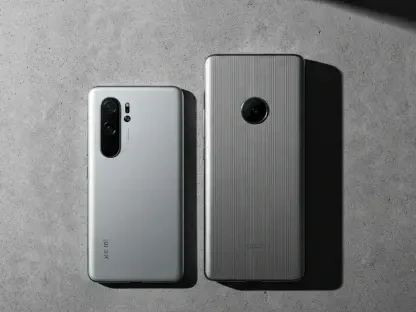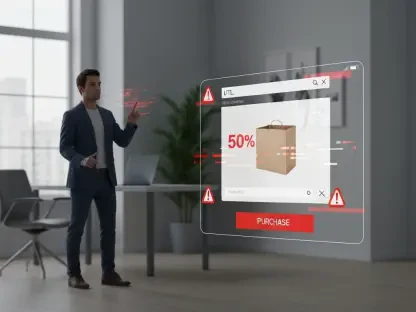What if the tech drivers swear by isn’t the ultimate solution for their journeys, and what if a major automaker like BMW could redefine the way we interact with our vehicles? In a world where Apple CarPlay has long been hailed as the gold standard for in-car navigation, BMW is steering in a daring new direction by challenging the assumption that smartphone integration reigns supreme, betting instead on its cutting-edge built-in systems. This isn’t just a tweak to the dashboard—it’s a seismic shift in the automotive tech landscape, raising eyebrows and igniting debates across the industry.
This bold pivot carries weight far beyond a single brand. As vehicles evolve into connected, electrified hubs, the battle for control over the driver experience is intensifying. BMW’s push to prioritize proprietary navigation over CarPlay isn’t merely a design choice; it’s a statement about data ownership, user engagement, and the future of personalized driving. With millions of drivers and countless automakers watching, this move could redefine expectations for in-car technology, making it a story worth exploring in depth.
Unpacking CarPlay’s Reign: A Myth in the Making?
For years, Apple CarPlay has been seen as the default choice for seamless navigation in premium vehicles. Its familiar interface, tied to the ubiquitous iPhone, offers a plug-and-play simplicity that many drivers have come to expect. Yet, BMW is questioning whether this reliance is rooted in genuine preference or simply habit, suggesting that the narrative of CarPlay’s dominance may be more perception than reality.
Digging deeper, the automaker has uncovered surprising insights from its vast fleet. Data from 10 million BMW vehicles reveals that a significant number of drivers are bypassing CarPlay for navigation, opting instead for the brand’s native systems. This trend challenges the long-standing belief that third-party platforms are indispensable, hinting at a growing trust in manufacturer-driven solutions.
The implications of this finding are striking. If CarPlay isn’t the universal go-to, what does this mean for the balance between smartphone integration and in-house innovation? BMW’s stance is clear: it’s time to rethink assumptions and focus on what drivers are actually using, not just what they’ve been conditioned to accept.
BMW’s Break from Tradition: Why It Resonates Now
In today’s automotive landscape, the user interface is more than a feature—it’s a cornerstone of brand identity. As cars become smarter and more electrified, the digital cockpit is where customer loyalty is won or lost. BMW’s decision to shift focus from CarPlay to its own systems taps into this critical dynamic, reflecting a broader industry push for control over the driver experience.
This move also speaks to pressing concerns about data and design autonomy. By reducing reliance on external platforms like CarPlay, BMW aims to safeguard its ability to tailor every interaction to its vision, from navigation to vehicle settings. This resonates with a tech-savvy audience that values seamless integration over generic solutions, especially in an era where personalization is king.
Moreover, the timing couldn’t be more pivotal. With electrification driving new demands—like smart route planning for charging stops—automakers are under pressure to deliver solutions that third-party apps often can’t match. BMW’s strategy positions it as a leader in this space, signaling a future where proprietary tech could outshine even the biggest names in Silicon Valley.
The Evidence Behind the Shift: Data and Design in Focus
BMW isn’t making this change on a whim; it’s grounded in hard evidence. Anonymized usage stats from millions of vehicles show a clear preference for built-in navigation over CarPlay, with drivers increasingly engaging with features like voice commands and head-up displays (HUDs). These tools, unsupported by standard CarPlay, are becoming central to the driving experience.
A key point of contention is Apple’s CarPlay Ultra, which promises deeper integration with vehicle systems like climate control and battery data. However, BMW has rejected this update, citing concerns over losing design control and the lackluster visual appeal of the platform. This resistance isn’t just about aesthetics—it’s a strategic stand against ceding too much influence to an external tech giant.
Looking ahead, BMW’s innovation speaks volumes. The upcoming iDrive system in models like the iX3 will feature a windshield-spanning HUD, offering a level of immersion and functionality that third-party systems struggle to rival. This advancement underscores why the automaker is doubling down on in-house tech, aiming to set a new benchmark for what drivers expect from their dashboards.
Industry Echoes: A Collective Push for Autonomy
Stephan Durach, BMW’s Senior Vice President of UI/UX Development, has been vocal about this shift. “Data from our vehicles shows drivers leaning on our systems for essential tasks, while CarPlay often takes a backseat for things like messaging,” Durach explains. This perspective isn’t isolated—it mirrors a growing skepticism among automakers about fully embracing CarPlay Ultra.
Other major players, including Porsche and Ford, have tested expanded CarPlay features, only to find the integration clunky and visually underwhelming. This shared hesitation points to a larger trend: a reluctance to let third-party platforms dictate the look and feel of in-car interfaces. Instead, brands are investing in AI-driven systems and native app integration to create more cohesive experiences.
Beyond aesthetics, the rise of electrification adds another layer to this movement. Smart route planning for electric vehicles, optimized through direct access to vehicle data, often outperforms apps like Google Maps or Waze. This advantage is pushing the industry toward self-reliance, with BMW at the forefront of crafting solutions that prioritize both efficiency and brand identity.
Charting the Path Ahead: Adapting to a New Driving Reality
For drivers accustomed to CarPlay, BMW’s emphasis on built-in systems doesn’t mean cutting ties with smartphones—it’s about striking a balance. Exploring the automaker’s navigation tools and HUDs can reveal surprising benefits, especially for electric vehicle owners who rely on precise charging stop planning. Taking time to test these features could shift long-held habits.
A hybrid approach offers another practical solution. Using CarPlay for secondary tasks like music streaming or messaging, while leaning on native systems for core functions, minimizes the need to toggle between interfaces. This strategy ensures drivers get the best of both worlds without sacrificing functionality or convenience.
Staying informed is equally crucial. As BMW rolls out updates to its iDrive platform and other brands follow suit with their own innovations, keeping up with these advancements will help drivers make the most of evolving technology. For automakers, the challenge lies in balancing collaboration with tech giants while preserving the unique experiences that define their vehicles—a delicate dance that BMW is navigating with precision.
Reflecting on a Turning Point
Looking back, BMW’s challenge to the CarPlay narrative marked a defining moment in the evolution of automotive technology. The automaker’s reliance on data-driven insights and bold investment in proprietary systems reshaped the conversation around in-car interfaces. This wasn’t just a rejection of a popular platform; it was a declaration of intent to prioritize seamless, brand-specific experiences.
For drivers and industry watchers alike, the next steps became clear. Testing and embracing built-in features offered a chance to rethink outdated assumptions about smartphone integration. Meanwhile, automakers had to continue innovating, ensuring their systems stayed ahead of third-party alternatives in both functionality and design.
As the dust settled, one question lingered: how would this push for autonomy shape the future of driving? Keeping an eye on emerging trends—like AI enhancements and deeper electrification integration—promised to provide answers, guiding both manufacturers and drivers toward a more tailored, tech-savvy road ahead.
